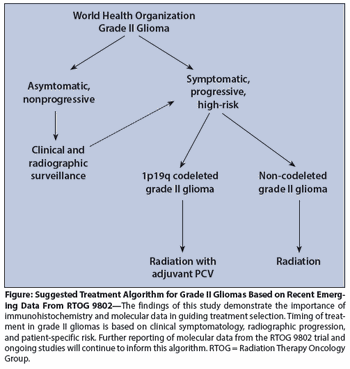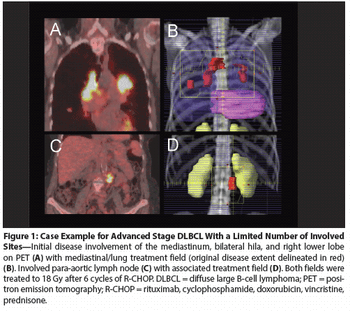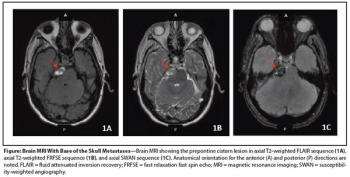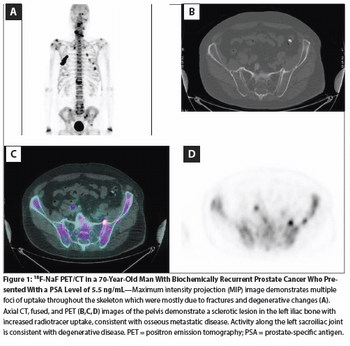
As our understanding of tumor biology grows, we may identify targeted agents that can be used to treat low-grade gliomas. One such approach moving into clinical trials is the use of IDH inhibitors.

Your AI-Trained Oncology Knowledge Connection!


As our understanding of tumor biology grows, we may identify targeted agents that can be used to treat low-grade gliomas. One such approach moving into clinical trials is the use of IDH inhibitors.

In this article, we provide a brief overview of the management of grade II astrocytomas, oligodendrogliomas, and mixed oligoastrocytomas-the three most heavily encountered and studied of the low-grade gliomas.

The recent evidence that incorporation of chemotherapeutic interventions can result in relatively long survival times for patients with low-grade glioma highlights the need to also preserve neurocognitive function and health-related quality of life in these patients.

Patient satisfaction data can give practices insight into their operations and make specific, practice-level adjustments accordingly, and with aggregated data we can gain insights into global practice responsiveness and patient perceptions regarding care.

In this review, we will first briefly summarize prior attempts to improve outcomes in advanced DLBCL using systemic therapy approaches, and then we will highlight the potential role of RT in advanced DLBCL.

The major value of RT is in enhancement of local control. In localized disease, perhaps this is best achieved by using RT for patients treated with less than full-dose/course chemotherapy.

As we examine the question of which patients with DLBCL do not need RT, the first step must be to confine our review to patients who have received optimal chemotherapy.

There have been and continue to be areas of uncertainty surrounding the treatment of grade II gliomas. One in particular is the optimal timing of treatment.

A 63-year-old man with no family history of prostate cancer has prostate biopsy that revealed 9 out of 12 cores involved with prostatic adenocarcinoma, mostly Gleason score 5+4=9.

This review will focus on properties of cancer stem cells; will compare and contrast the cancer stem cell model with the clonal evolution model of tumorigenesis; will discuss the role of cancer stem cells in the development of resistance to chemotherapy; and will review the therapeutic implications and challenges of targeting cancer stem cells, with an assessment of the potential such an approach holds for improving outcomes for patients with cancer.

Treatments that target cancer stem cells have been proposed as alternatives to current cancer therapies. However, the clonal evolution model suggests that multiple tumor cell populations may need to be targeted for these treatments to be successful.

Molecular imaging in prostate cancer can play the additional critical role of an early biomarker for response to therapy, similar to how 18F-FDG is used in other malignancies.

We briefly review these two imaging technologies and provide potential utilization strategies based on available data.